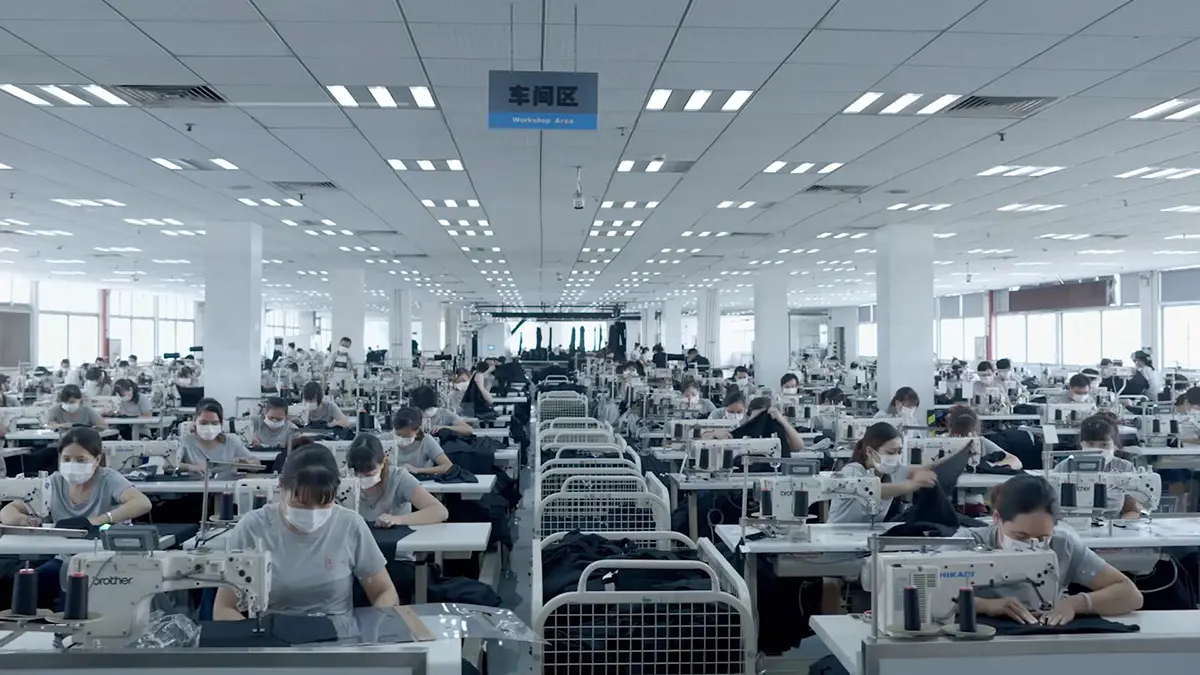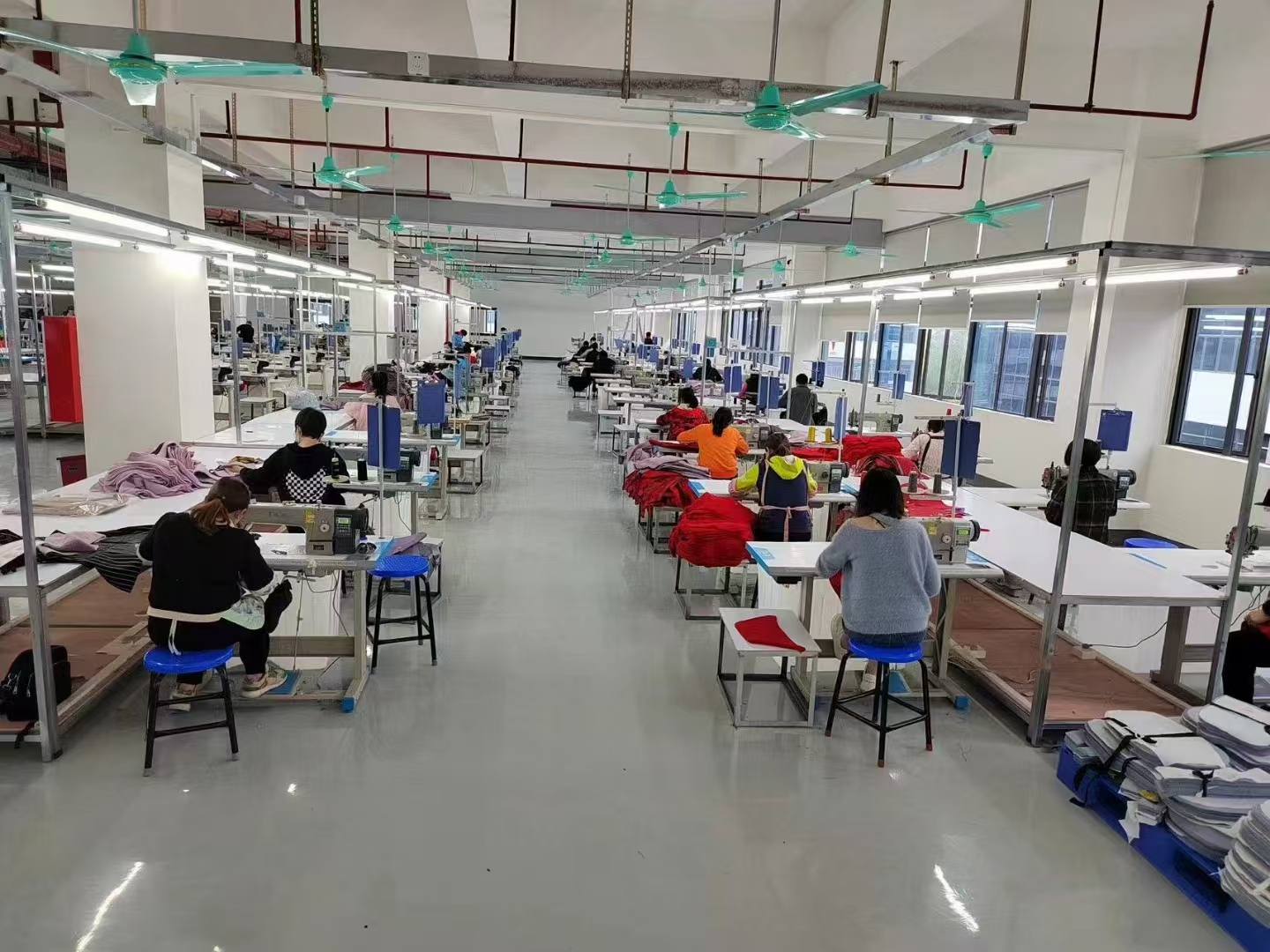0102030405
How Can Clothing Factories Ensure Custom - Oriented Supply Chain Stability Amid Global Fabric Price Fluctuations?
2025-02-25
Reasons for Fabric Price Fluctuations
The fluctuations in global fabric prices are the result of the combined action of multiple factors. At the raw material level, the output of natural fibers such as cotton and wool is greatly affected by factors such as climate and planting area. For example, when some major cotton - producing areas encounter extreme weather, the cotton output drops significantly, which will inevitably drive up the price of cotton and then the price of cotton fabrics. At the same time, the price of chemical fiber raw materials is closely related to the international crude oil price. The frequent fluctuations in the crude oil price also cause the cost of chemical fiber fabrics to fluctuate.
From the perspective of market supply and demand, with the rapid change of global fashion trends, consumers' demands for clothing have become more diverse and personalized, which leads to continuous changes in the demand for fabrics. When a certain new type of fabric is suddenly sought after by the market, the situation of supply falling short of demand will quickly drive up its price; once the market demand cools down, the price will drop sharply. In addition, factors such as adjustments in international trade policies and exchange rate fluctuations also have an indirect impact on fabric prices.
Strategies for Ensuring Supply Chain Stability
Diversified Sourcing Channels
To reduce dependence on a single supplier, we actively expand sourcing channels. We establish long - term cooperative relationships with multiple fabric suppliers from different regions. This not only gives us more room for price negotiation but also enables us to quickly obtain fabrics from other suppliers when there are problems with a supplier in a certain region, ensuring that production is not affected. For example, in addition to cooperating with traditional Asian suppliers, we have also started to establish contacts with some high - quality suppliers in Europe and South America, enriching the sources of fabrics.
Establishing Strategic Inventories
Based on past production data and market trend forecasts, we reasonably establish strategic inventories. For some commonly used fabrics with large price fluctuations, we stock up appropriately when the prices are relatively low, but we must strictly control the inventory level to avoid the financial pressure and depreciation risks brought about by inventory backlogs. At the same time, we use advanced inventory management systems to monitor inventory quantities and price changes in real - time, so as to adjust inventory strategies in a timely manner.
Strengthening Cooperation with Suppliers
We establish in - depth partnerships with suppliers to jointly deal with price fluctuations. By signing long - term cooperation agreements, we clarify the price range and supply terms within a certain period, reducing the impact of price fluctuations on both parties. In addition, we share market information with suppliers and jointly explore strategies to cope with market changes to achieve mutual benefit and win - win results.
Increasing Product Added Value
We increase investment in product design and research and development to enhance the added value of products. By launching clothing products with unique designs and high quality, we can increase the selling price of products, thus offsetting the cost pressure brought about by the rise in fabric prices to a certain extent. At the same time, we focus on brand building, enhance brand awareness and reputation, and reduce customers' price sensitivity.
Optimizing the Production Process
We continuously optimize the production process, improve production efficiency, and reduce production costs. We introduce advanced production equipment and technologies, reduce waste in the production process, and shorten the production cycle. Through refined management, we rationally arrange human and material resources to improve overall operational efficiency.
In the face of global fabric price fluctuations, although clothing foreign trade factories face many challenges, as long as we actively adopt effective countermeasures, we can ensure the stability of the supply chain and remain invincible in the fierce market competition. We believe that through continuous efforts and innovation, we will surely overcome difficulties and achieve sustainable development.










